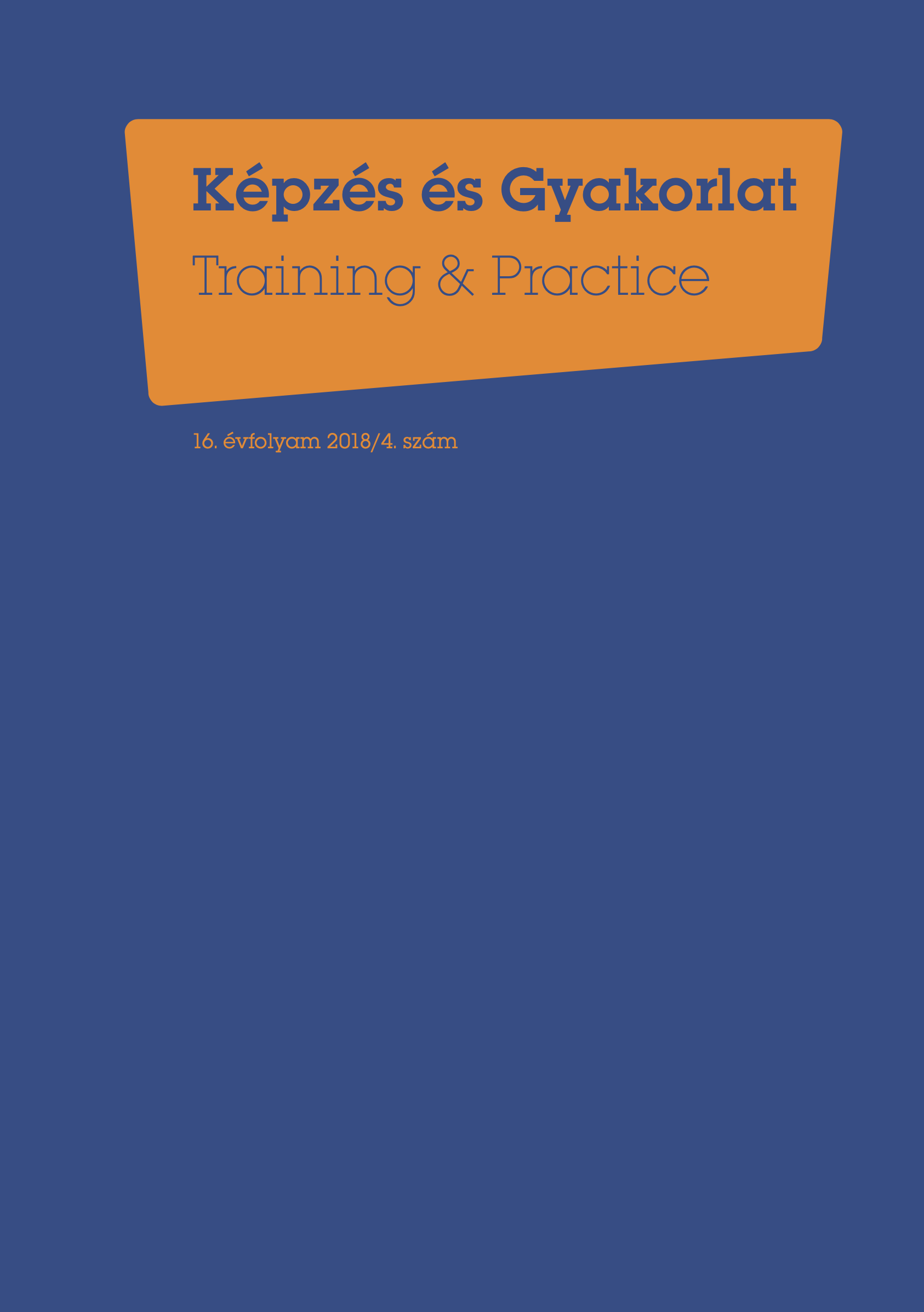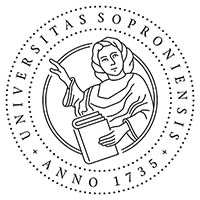Teacher’s plant knowledge in Vajdaság, Serbia
DOI:
https://doi.org/10.17165/TP.2018.4.5Abstract
The phenomenon of plant blindness is more and more wildspread in the world. People do not know the name of plants in their environment and they do not want to get familiar with them. These are the consequences of the process that we spend very little time in nature. Nowadays it can be told not only about children but about the adult generations, too. To prevent this phenomenon, parents have to work together with schools and teachers.
In our work we present a survey. During that teachers’ plant knowledge was tested. They had to recognise 60 plants. Pictures were collected to show plants in their natural conditions. Plants were grouped in six groups: vegetables, fruit, cereals, the trees of the park, the flowers of the garden and herbs. Only those plants participated in the survey that could naturally be found in their environment (Vajdaság, Szerbia).
References
Bebbington, A. (2005). The ability of A-level students to name plants. Journal of Biological Education, Vol. 39. Issue 2., pp. 63-67. DOI: https://doi.org/10.1080/00219266.2005.9655963
Borsos, É. - Patocskai, M. - Borić, E. (2018). Teaching in nature? Naturally! Journal of Biological Education, Vol. 52. Issue 4., pp. 429-439. DOI: https://doi.org/10.1080/00219266.2017.1420679
Borsos, É. - Borić, E. - Patocskai, M. (2018). Be in: teach outdoors! Croatian Journal of Education. Vol. 20. Issue 3., DOI: https://doi.org/10.15516/cje.v20i3.2978
Chawla, L. (2006). Learning to Love the Natural World Enough to Protect it. Barn, 2, pp. 57-78. DOI: https://doi.org/10.5324/barn.v24i2.4401
Francovicova, J. - Prokop, P. (2011). Children's ability to recognise toxic and non-toxic fruits. Eurasia Journal of Mathematics, Science & Technology Education, Vol. 7. Issue 2., pp. 115-120. DOI: https://doi.org/10.12973/ejmste/75186
Fritsch, E. M. - Dreesmann, D. C. (2015). Secondary school students' and their parents' knowledge and interest in crop plants: why should we care? International Journal of Environmental & Science Education, Vol. 10. Issue 6., pp. 891-904. DOI: https://doi.org/10.12973/ijese.2015.282a
Kevin, J. C. (2010). Back to School: Back Outside! National Wildlife Federation: Reston, United States.
Pravilnik o nastavnom planu za prvi, drugi, treci i cetvrti razred osnovnog obrazovanja i vaspitanja i nastavnom programu za treci razred osnovnog obrazovanja i vaspitanja ("Sl. glasnik RS - Prosvetni glasnik", br. 1/2005, 15/2006, 2/2008, 2/2010, 7/2010,3/2011 - dr. pravilnik, 7/2011 - dr. pravilniki 1/2013), Serbia. [National Curriculum Serbia]
Wandersee, J. H. - Schussler, E. E. (1998). A model of plant blindness. Poster and paper presented at the 3rd Annual Associates Meeting of the 15° Laboratory, Louisiana State University, Baton Rouge, LA.
Wandersee, J. - Schlusser, E. (1999). Preventing plant blindness. The American Biology Teacher, Vol. 61. Issue 2., pp. 82-86. DOI: https://doi.org/10.2307/4450624
Wandersee, J. - Schlusser, E. (2001). Toward a theory of plant blindness. Plant Science Bulletin, Vol. 17. Issue 1., pp. 2-9.
Downloads
Published
Issue
Section
License
Copyright (c) 2018 Borsos Éva

This work is licensed under a Creative Commons Attribution-NonCommercial-NoDerivatives 4.0 International License.








